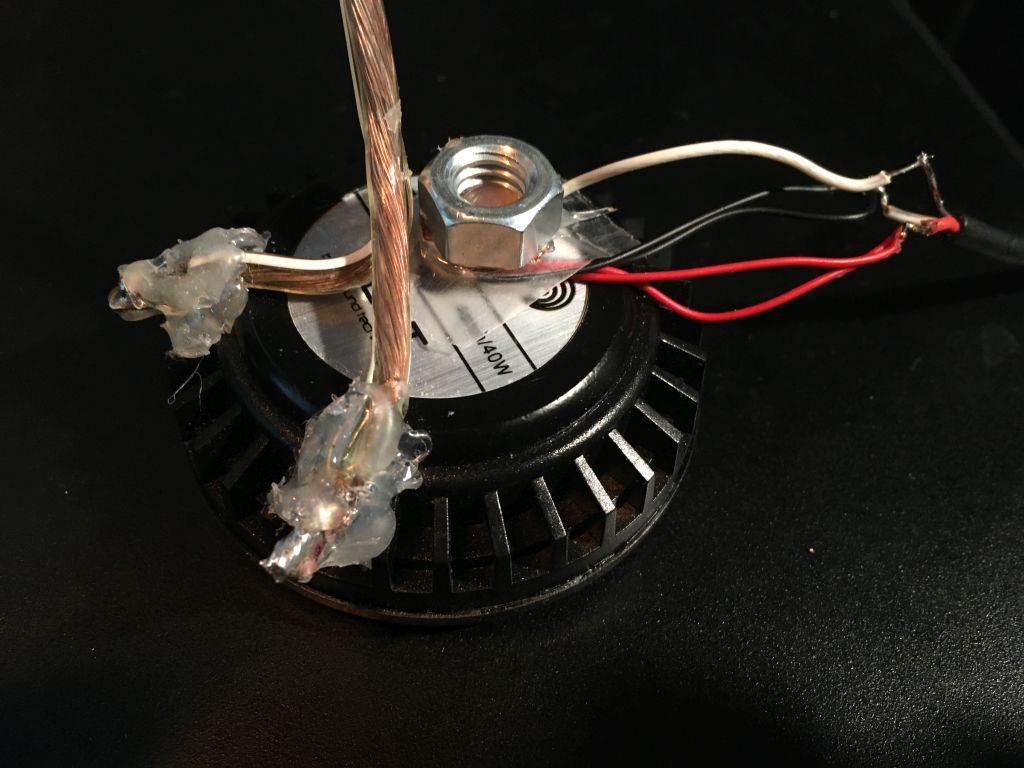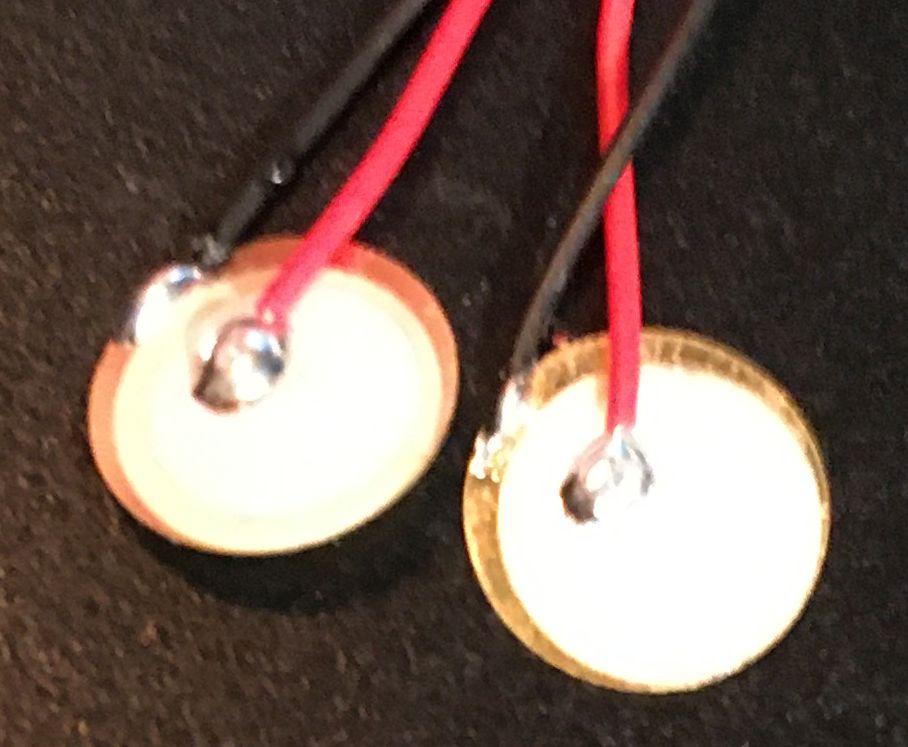back
Haptic engineeringBackgroundTuning shakers is quite like tuning subwoofers,in that the main goal is typically to dial down response peaks (resonances) which helps avoid tactile signals mostly feeling the same. In audio, that is called "one-note bass". Advertised graphs for shaker and exciter frequency responses are typically in free air, which differs a lot from responses when anchored to masses. Some folks tune by trial and error. To tune methodically, instead of audio microphones to measure sound pressure levels, contact microphones or other accelerometers are glued to whatever is being shaken. The same free software useful for subwoofers which does a good job for shakers is REW, Room Equalization Wizard. IntroductionHaptic refers to the touch sensation, for which read elsewhere.Engineering implies economic deployment of resources, where resources include technology. According to the 80/20 rule, we are nearly 80% done... Economic implies math; here is some:
... which only work for properly configured Windows Audio. Before proceeding, haptics and Windows audio can be problematic, Inexpensive contact microphone elements proxy for accelerometers in haptic stimulus measurements.  Tips:
Relationship of electrical signals x(t) and y(t) is traditionally evaluated using an x/y oscilloscope, which is here implemented by a Windows PC, software and sound card. While a (US$30) Behringer UCA202 should suffice, an obsolete PreSonus AudioBox USB is repurposed here. As with many other audio products, the PreSonus is plug-and-play on macOS, but according to PreSonus on Windows requires precisely sequenced proprietary driver installation. In the actual event, after downloading and installing PreSonus' latest AudioBox USB software, Windows 10 installed Microsoft drivers for it... One AudioBox limitation is that its outputs cannot be fully isolated from inputs; driving an amplifier for tactile transducers from its output while using its inputs to amplify piezo signals provokes feedback. Consequently, some other audio interface must be employed for driving haptics. The first measurement candidate was a Dayton DAEX32EP-4 exciter.  Beyond linearity evaluation, contact mics may be useful for
NIST paper for calibrating piezo accelerometers by signal insertionThe basic concept is thatpiezos respond to AC voltage stimulation as well as mechanical vibration. By stimulating a grounded piezo in series with a resistor, driven from a signal generator. the ratio of signal at the piezo to resistor junction to that at the resistor to generator junction should generally agree with more conventional calibration by known mechanical vibration. It should at least identify resonant frequencies for e.g. our mass-loaded piezos, so that we avoid misplaced credibility for responses near those resonances. |
|
maintained by blekenbleu |
 with metal discs grounded,
with metal discs grounded,